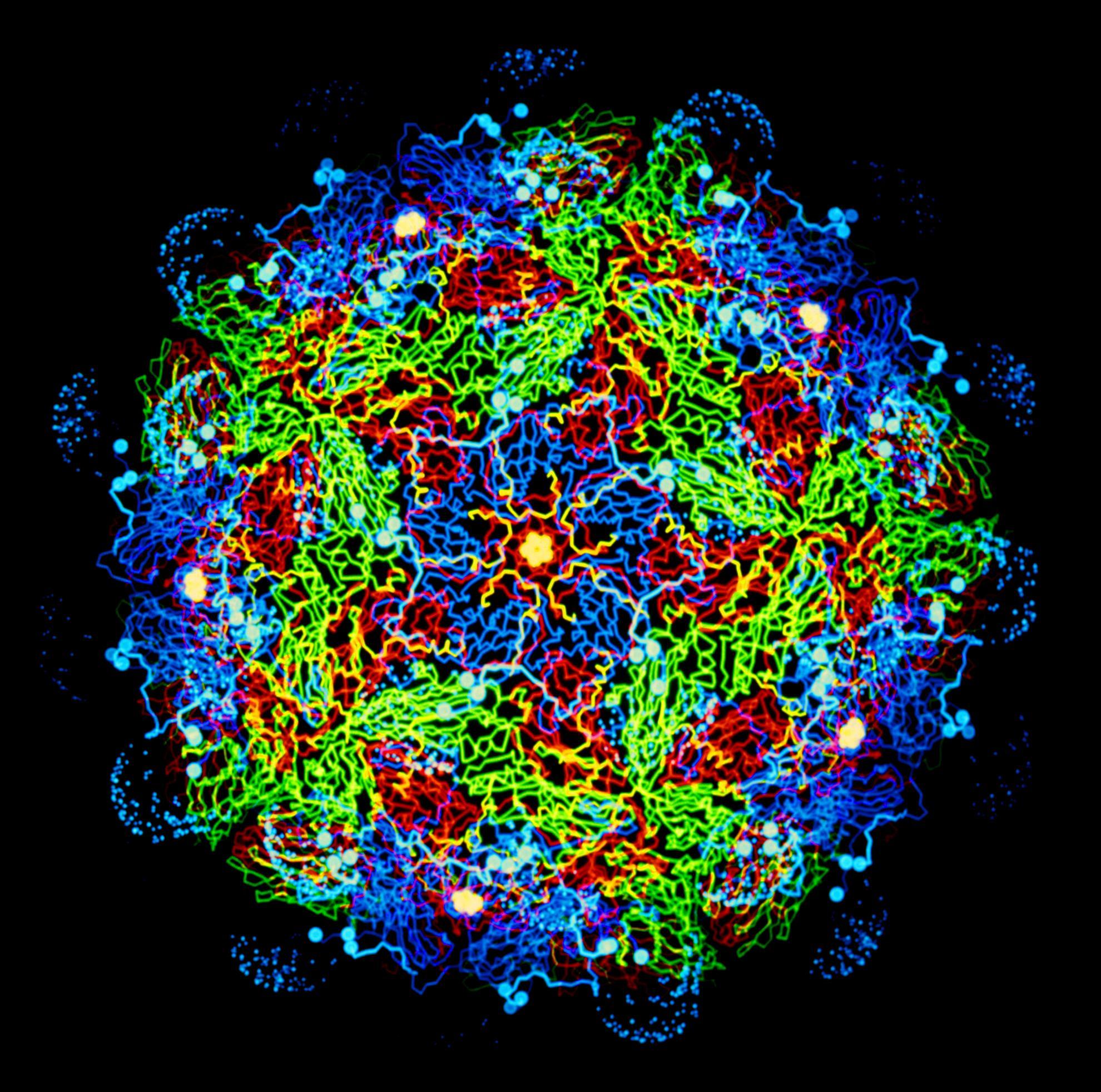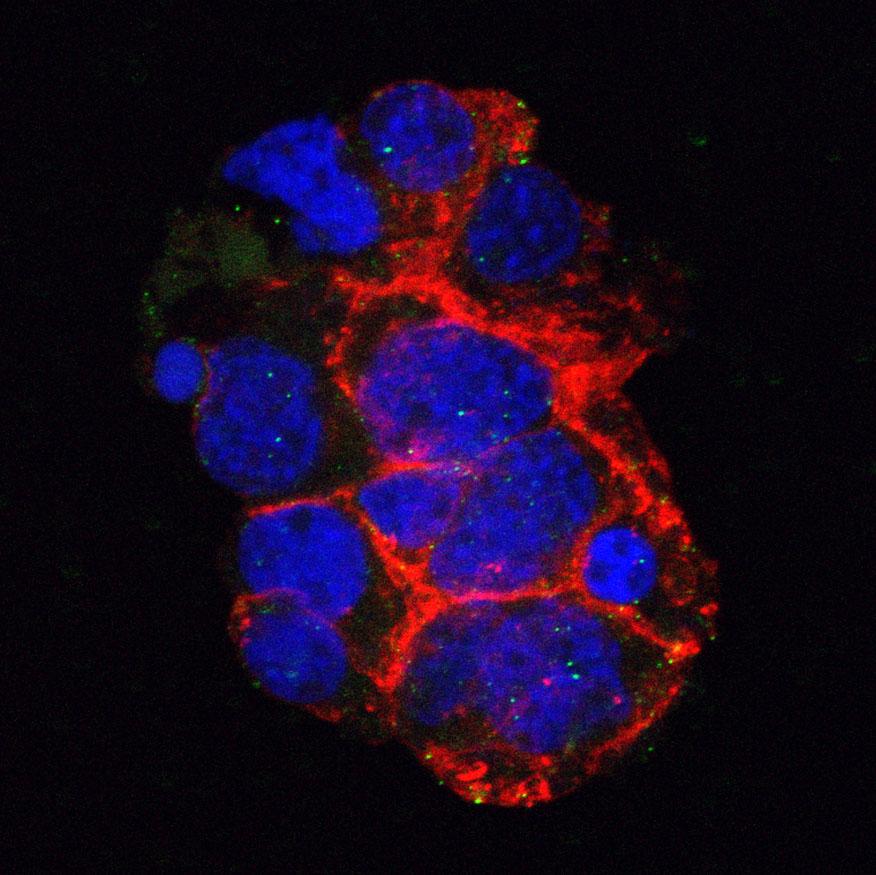Neethling vaccine proved highly effective in controlling lumpy skin disease epidemics in the Balkans
Despite the wide use of the live attenuated Neethling lumpy skin disease (LSD) vaccine, only limited data existed on its efficacy and effectiveness prior to the large LSD epidemic in the Balkans, which took place during 2016–2017. In addition, analysis of risk factors for the disease was hardly performed with proper control for vaccination effects and potential differences in exposure to the virus. Data from the LSD epidemics in six Balkan countries (Bulgaria, Greece, Serbia, Montenegro, Former Yugoslav Republic of Macedonia (FYROM) and Albania) affected during 2016 were analyzed to determine vaccine effectiveness (VE) and risk factors for LSD infection at the farm level. Vaccination was performed along the occurrence of the epidemics and thus vaccination status of some of the farms changed during the epidemic. To allow for this, left truncated and right censored survival analysis was used in a mixed effects Cox proportional hazard regression model to calculate VE and risk factors for LSD. The results indicated of an average VE of 79.8% (95% CI: 73.2–84.7)) in the six countries, with the lowest VE of 62.5% documented in Albania and up to VE of more than 97% as documented in Bulgaria and Serbia. Analysis of time from vaccination to development of protective immunity showed that VE mostly developed during the first 14 days after vaccination. Data from Greece showed that the vaccination adjusted hazard ratio for LSD was 5.7 higher in grazing farms compared to non-grazing farms. However, due to a difference in geographical location of grazing and non-grazing farms and higher vaccination rate in non-grazing farms, this effect can be at least partly attributed to indirect protection due to herd immunity provided by surrounding vaccinated farms.

